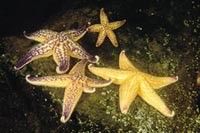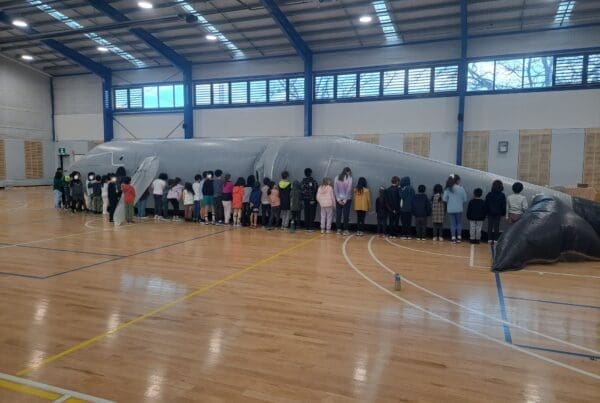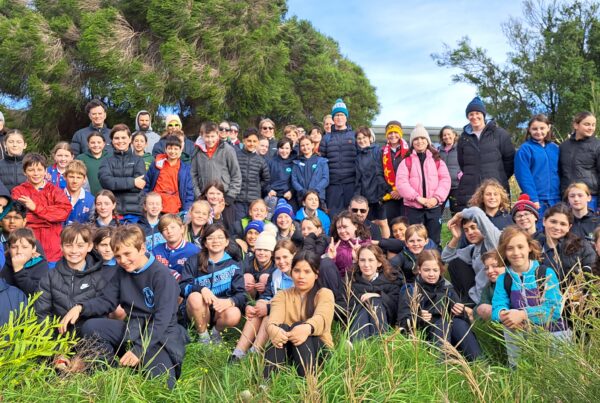Divers in Western Port are being asked to be on the alert for the highly-invasive Northern Pacific seastar, which was found recently near San Remo. (Dec, 2011) Photo Courtesy CSIRO.
DSE (now DELWP) believes that the seastars belonged to an isolated population; all the seastars have been removed. So why worry?
Because it is estimated that after they were first detected in Port Phillip in the 1990’s, their population had reached 12 million within 2 years. It is now established there, and in Tasmania’s Derwent River estuary and east coast. But nowhere else in Australia, yet.
They are a high priority pest species because of the devastation they cause to native marine environments and marine industries such as shellfish farming.
They are voracious and opportunistic predators on almost anything they can capture, even digging up buried prey. Their diet includes sea urchins, crabs, barnacles, sea squirts and gastropods, as well as bivalves such as mussels, scallops and clams.
They can live for up to five years and produce up to 20 million eggs each; with the larvae free-swimming for up to 90 days – which allows mass dispersal (the currents at Port Phillip’s Heads, however, limit their spread outside the bay). They can regenerate from a single limb or cut portion, as long as a part of the central disc is present and viable.
It was a group of divers who first found the Northern Pacific seastars near San Remo, and it was their prompt action in reporting it to DSE that led to the eradication of this population. However, we all need to continue to be vigilant, and report any sightings (not in Port Phillip) to DELWP on 136 186.
Northern Pacific seastars are large (up to 30 – 40 cms) and have 5 arms. The tips are distinctive. The arms taper into pointed, upturned tips. Their colour on the underside is a uniform yellow. On the top and sides of the arms, the colour ranges from pale yellow with purple tips, to a mottled yellow/purple.
DELWP advises us “to rinse and dry all diving and fishing gear in fresh water to kill any Northern Pacific seastar larvae before entering a different marine environment (e.g. Western Port or other beach or dive areas outside Port Phillip). Also, do not carry Port Phillip water to any other area (e.g. in your boat, motor, fishing or diving gear).
The native Ocellate seastar – (Necteria ocellata) (opposite) has rounded arm tips, and is usually orange or yellow. It does not have the obvious narrow, pointed, upturned tips. (Photo DRI)




